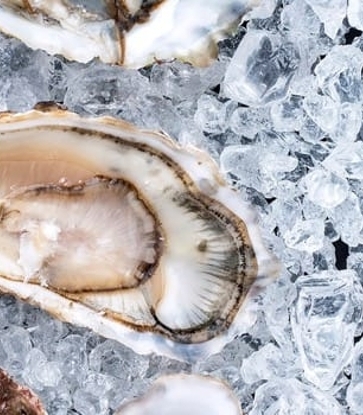There's a lot of confusion around carbohydrates. We can all agree that they're one of the three macronutrients (the other two being protein and fat), but the wheels fall off from there. Are they good or bad? How much should you have? And what's the difference between "complex" and "simple" carbs? What even "counts" as a carbohydrate, anyway? Here are the basics you need to know.
Carbohydrate Basics
Carbohydrates function as fuel for the brain and body. They're subdivided into several categories based off of how many sugar units are in each and how those units are bonded to each other, chemically speaking. For example, glucose and fructose have different chemical structures and behave slightly differently in the body, though both are carbohydrates and break down into sugar that enters the bloodstream. People who need to be mindful of carbohydrate intake for blood sugar management purposes may find it helpful to "count carbs" based on a goal that suits their needs.A serving of carbohydrates is about 15 grams. Exactly how much food that is will depend upon which type of food we're talking about. If you want to get super granular about it, you can refer to a guide such as the diabetic exchange list. Below are some examples of different sources of carbs and what amount will provide those 15 grams. Generally speaking, you want to choose the most nutrient-dense options to get the most benefit.
Grains
Grains include foods like bread, pasta, rice and oats. When you hear about "whole" grains, that means a grain where the endosperm and bran have not been removed, so that grain retains all its nutrients (typically fiber, iron and B-vitamins that are lost during the milling process and often added back in commercial enriched grain products).Here are a few examples of what a 15-gram carb serving of a grain-based food:
• 1 slice of bread
• ⅓ cup of cooked rice
• ½ cup of cooked pasta
• ½ cup of cooked oatmeal
• 3 cups of popped popcorn
Starchy Vegetables
Starchy vegetables are packed with important vitamins and minerals and also provide a lot of fiber. They also can make a great gluten-free substitute for grains that contain gluten. Some good starchy vegetable choices include: corn, parsnips, peas, potatoes, sweet potatoes, pumpkins and other winter squash. To best reap those benefits, skip unhealthy preparations like frying and opt for roasting, steaming, or baking without a lot of extra fat, salt, or sugar.Here are a few examples of what a 15-gram carb serving of a starchy vegetable looks like:
• ½ a medium potato or sweet potato
• ½ cup of cooked peas or corn
• 1 cup of cooked winter squash, like pumpkin or butternut squash
Beans, Peas and Lentils
Though they sometimes get mislabeled as a vegetable, in terms of nutrient profile, beans, peas and lentils are more nutritionally similar to a grain. What sets them apart is that they generally contain a lot more protein and fiber than most grains, so they will digest more slowly.A few to put on your menu: black beans, chickpeas, kidney beans, lentils and split peas. A 15-gram carbohydrate serving size is about ½ cup cooked or ¼ cup dried.
Fruit
Fruit can get confusing because it's a great source of carbohydrates, but also high in sugar. In addition, fruit supplies many important vitamins and minerals and, depending on what you choose, fiber. (There's also a wide range of powerful health promoting compounds like antioxidants and phytonutrients found in fruit.) But because of the often high sugar content, it's important to be mindful of consuming too much, especially when juicing or making a smoothie—it's very easy to throw way more fruit into the blender or juicer than you'd consume in its whole form. And be mindful of fruit juice, which lacks the fiber of whole fruit. That natural sugar hits the bloodstream pretty quickly and can cause a spike in blood sugar.Example 15-gram carb servings of fruit:
• 1 medium (9-inch) banana
• 1 medium apple
• ¾ cup of berries
• ¼ cup of dried fruit
• ½ cup of fruit juice










